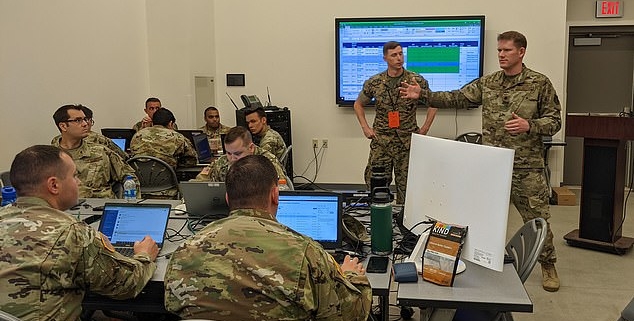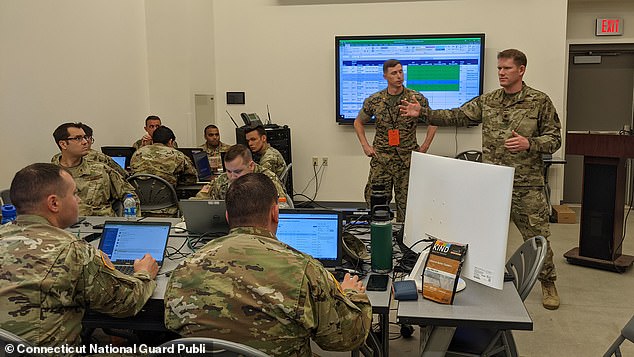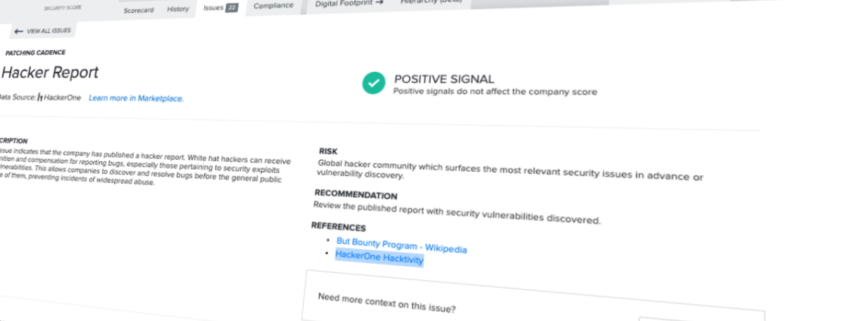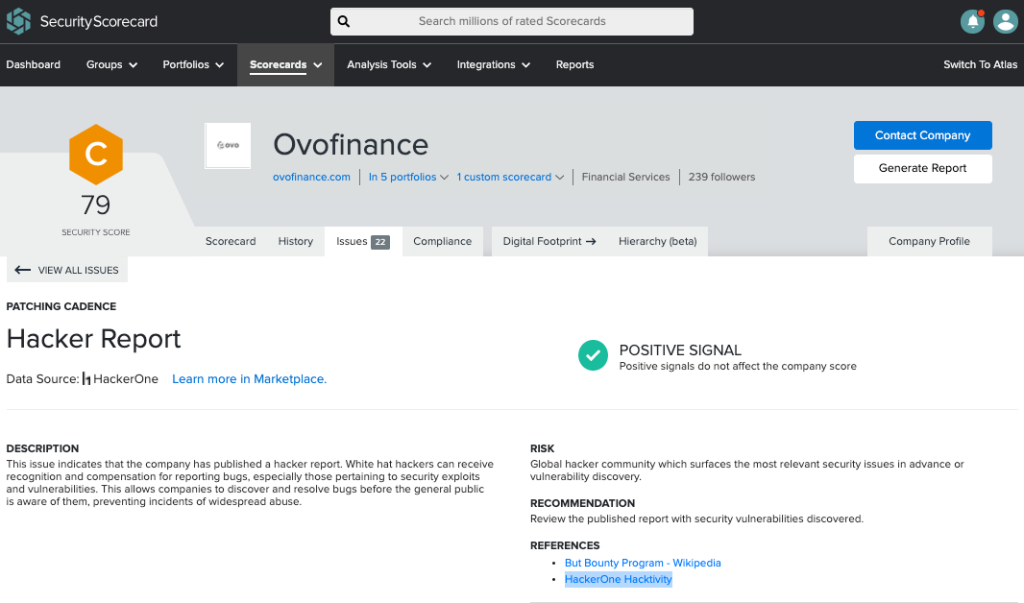BioConnect collaborates with HID Global to bring authentication to its HID Mobile Access solution
BioConnect announced a collaboration with HID Global to bring authentication to its HID Mobile Access solution alongside a mobile survey option for wellness declaration for employee health status and activity logging.
BioConnect expands the options for HID Mobile Access users with enterprise issued biometrics or multi-factor authentication right from their mobile device with the BioConnect Mobile Authenticator to meet new and more stringent compliance requirements. With BioConnect, HID Mobile Access users can access high-risk spaces, such as data centers, data cages and nuclear facilities.
The BioConnect Mobile App with the HID Mobile Access delivers exact identity assurance with an indisputable and easily available audit trail. System administrators choose how they would like their users to authenticate at each entry point; including two factor authentication with IT trusted authenticators or, for more complex security requirements, with biometrics.
BioConnect gives HID Mobile Access users the power to choose their biometrics – or, for high-security transactions, the enterprise can make the decision with selective modality authentication.
Not only will HID Mobile Access users have additional capabilities to access secure spaces, but they will also be armed with a Health and Wellness Declaration to affirm employee health before entering buildings. This step-up will require users to confirm their current health, allowing access to healthy users and keeping out the risk of users who may have come into contact with the COVID-19 virus.
“Bringing together HID’s world renowned mobile access solution and BioConnect’s enterprise grade biometric authentication platform, customers can be assured that they will be able to support a variety of authentication levels regardless of location, whether that be the front lobby for high-throughput, or the organizations critical data infrastructure, where risk-mitigation and compliance is paramount,” says Pritesh Patel, Director, Trust AI at BioConnect.
“The collaboration with BioConnect underscores our commitment to offering customers a broad range of options for convenient and secure access control. HID Mobile Access continues…





